Germany split Poland with the Soviet Union and then conquered Norway, Denmark, Holland, Belgium and France.
Even so, more than 70% of Americans favored staying out of the war.
On June 17, 1941, the U.S. Army was expanded to 280,000 men.
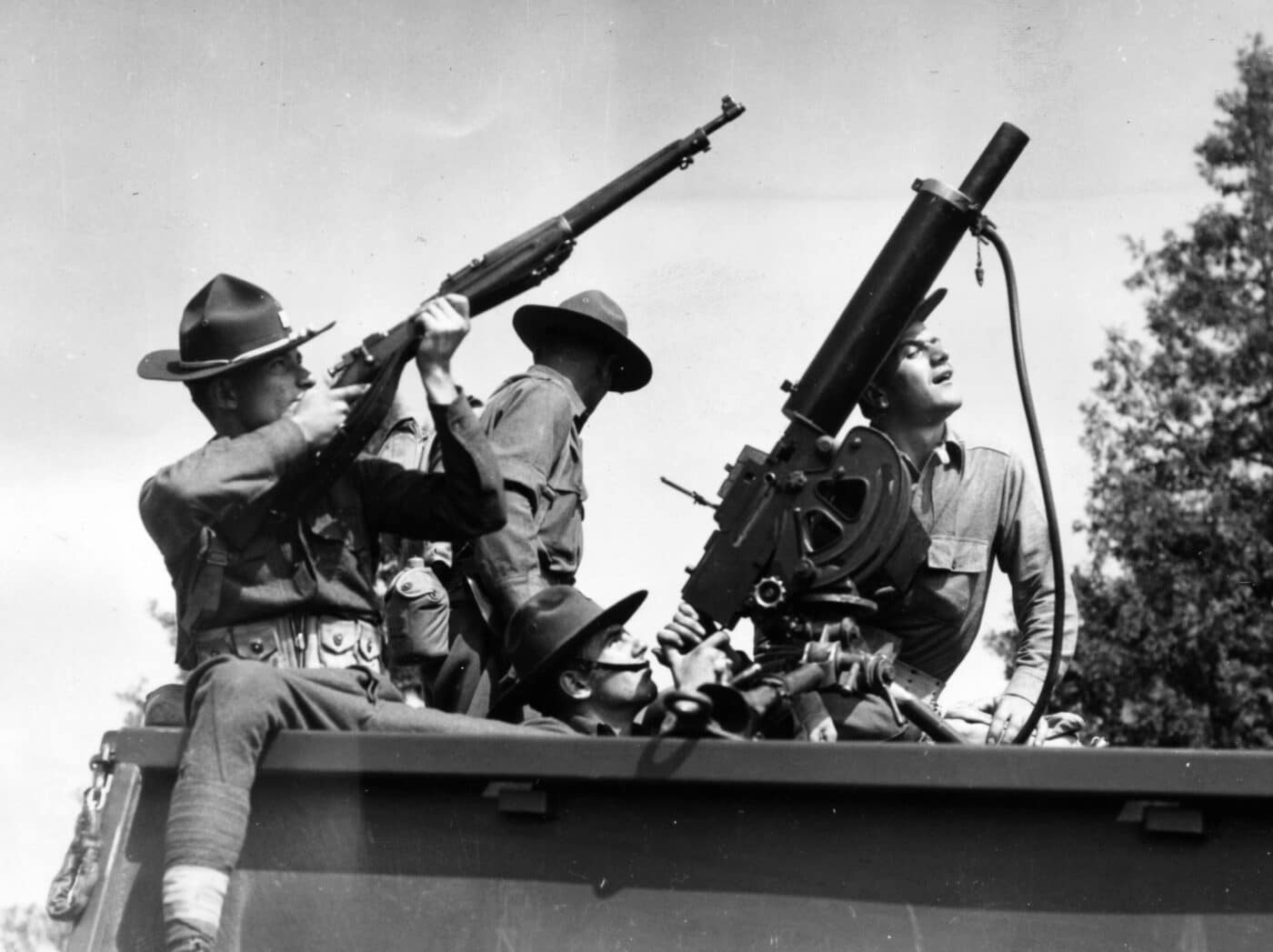
Maneuvers at Pine Camp in the late 1930s: the M1903 Springfield rifle and the Browning .30 caliber M1917 machine gun. Image: NARA
Just nine days later it was expanded to 375,000 men.
Despite these additions, Americas ground and air forces were quite small compared to European armies.
Meanwhile, very few in the United States were giving any credence to the growing threat from Imperial Japan.

By the end of the 1930s, the Browning .50 caliber MGs were increasingly mounted on American vehicles. Image: NARA
Some important lessons were learned, mainly about the operations of armored and mechanized forces.
The M1 Combat Car and the M2 Light Tank were both obsolete by European standards.
The M3 Lee just began production in August 1941, so it was not available for the war games.
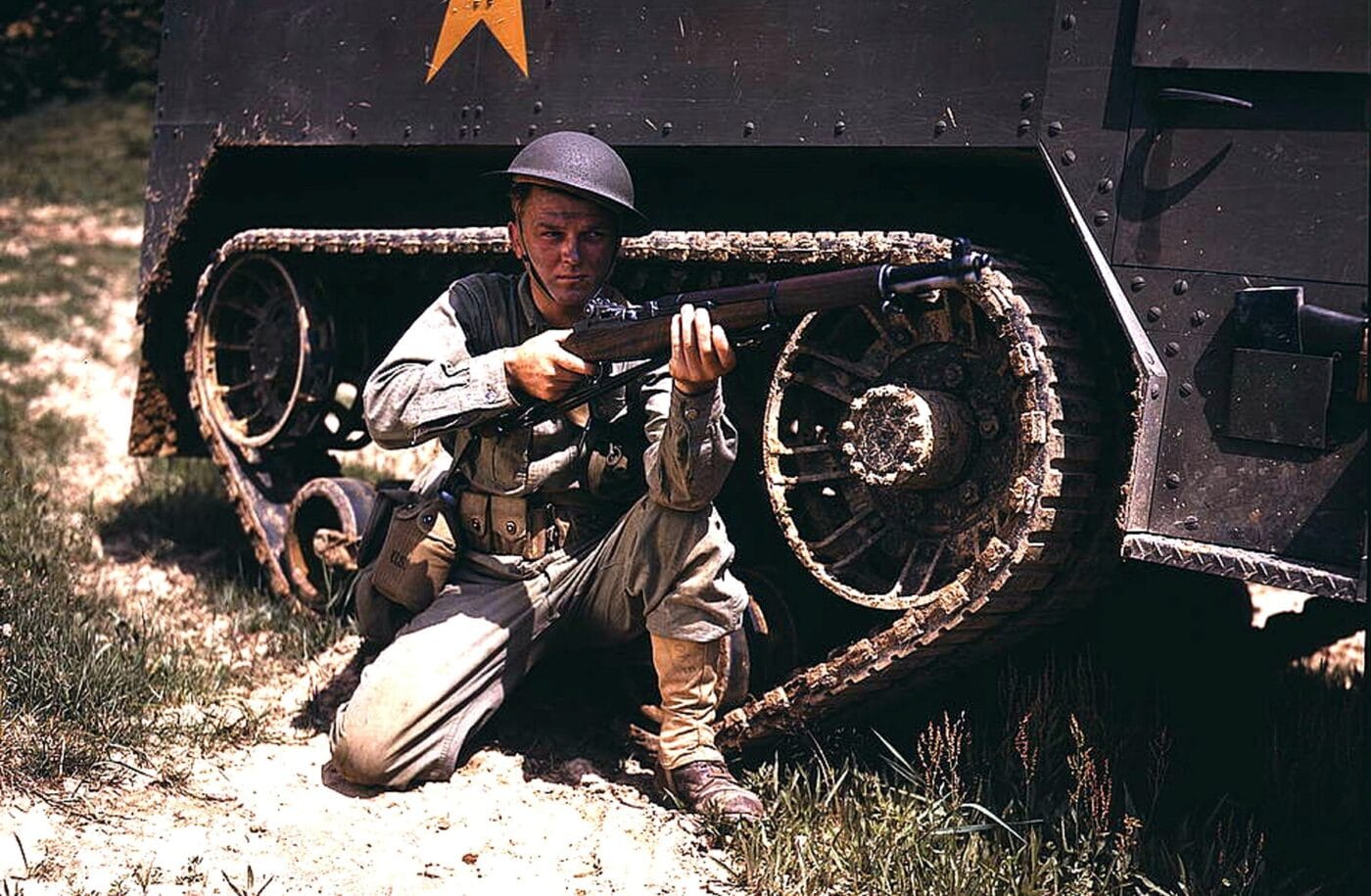
An M3 37mm anti-tank gun blocks the road along with a 75mm M1897A4 gun during a September 1941 army training exercise. Image: Patton Museum
In 1941, and throughout World War II, there wasno finer combat pistol than the M1911.
The U.S. Army finally adopted the expensive-to-produce M1928 Thompson on a limited basis in 1939.
Wartime models (the M1 and M1A1) were simplified to cut costs and production time.
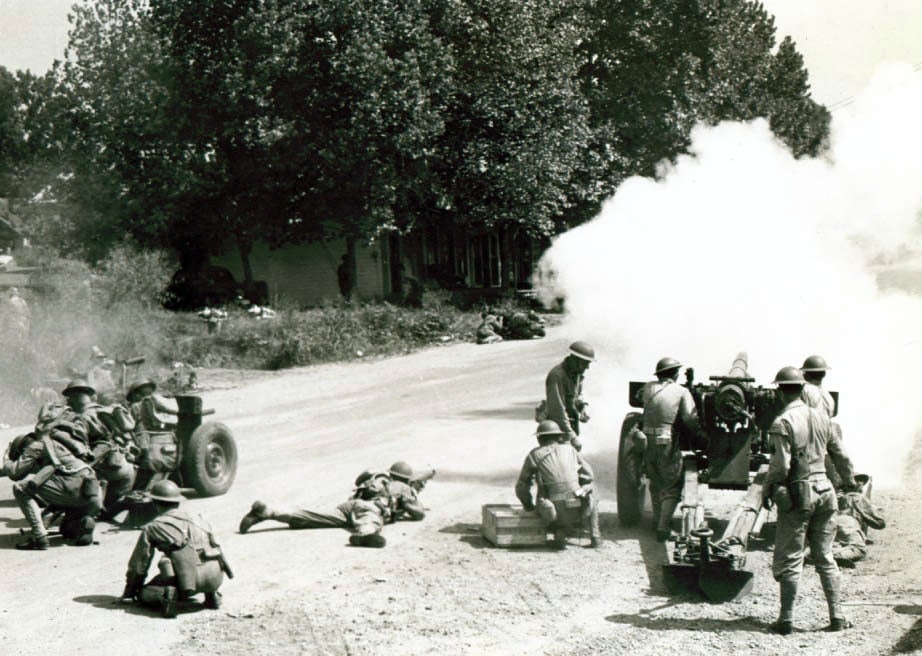
Men of the 27th Division from New York simulate an attack outside of Lake Charles, Louisiana. Image: Patton Museum
Whatever the version, the Tommy Gun hammered Axis troops around the globe with .45 caliber firepower.
Ordnance was not satisfied.
Consequently, John Garand developed and refined his semi-automatic .30 caliber M1 rifle at Springfield Armory.
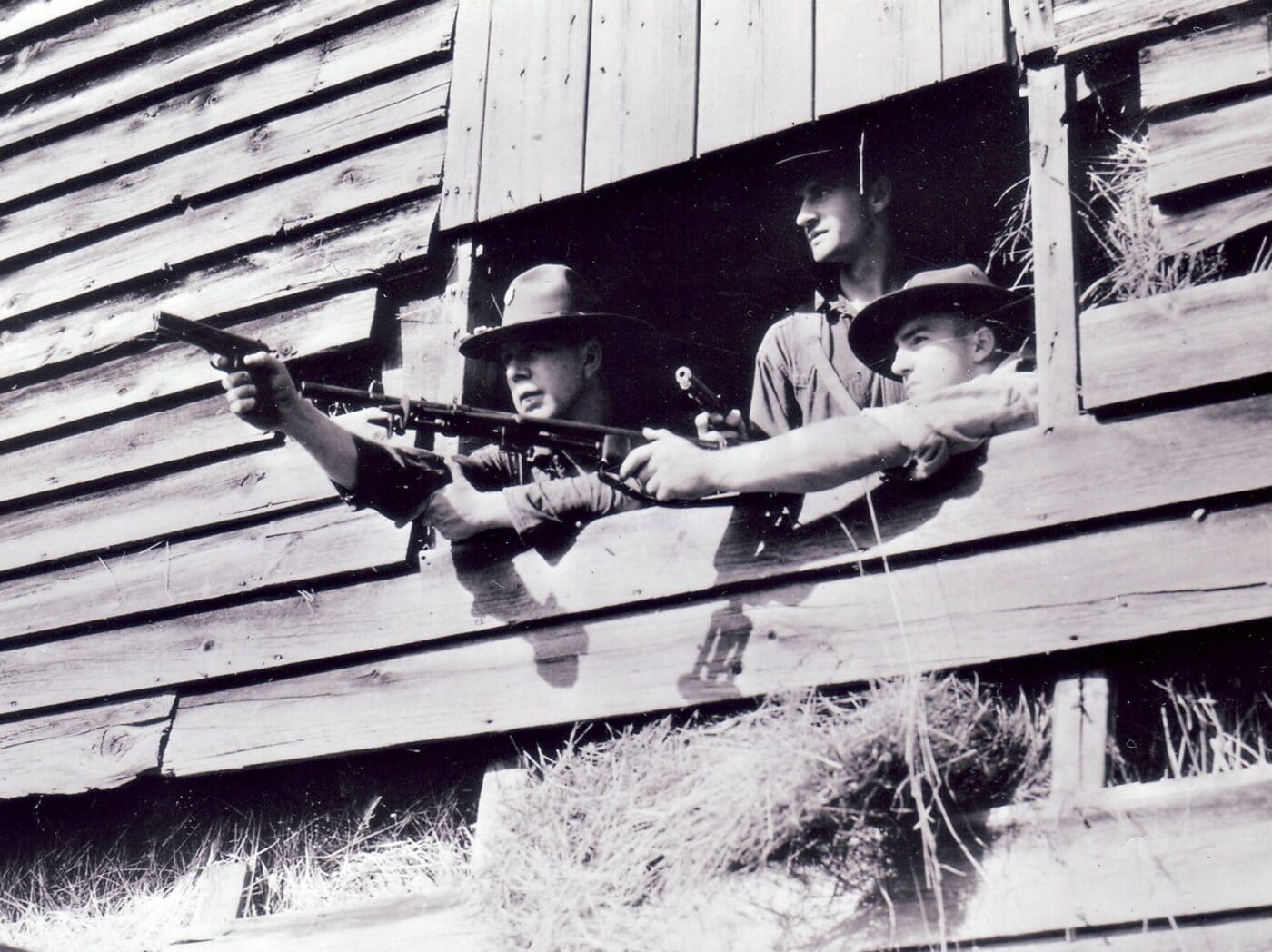
U.S. cavalrymen on maneuvers at Pine Camp with their M1911 pistols and an M1918A1 Browning Automatic Rifle. Image: NARA
Officially adopted in 1936, production of the M1 rifle started slowly.
The Marines put the BAR to good use during the interwar period during actions in China and Nicaragua.
M1917 (and the updated M1917A1) served throughout WWII and the Korean War.
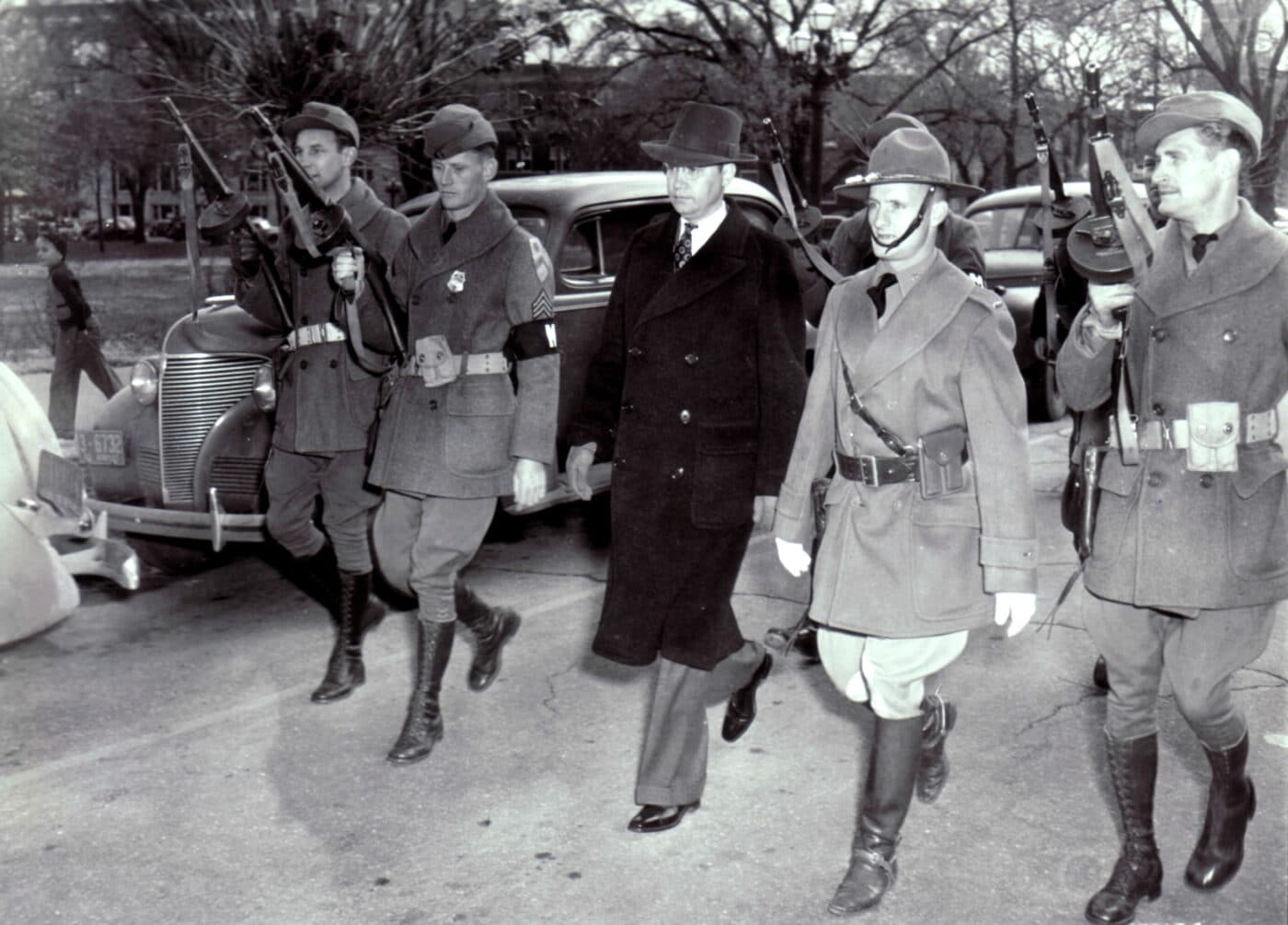
The 2nd Cavalry guarding Kansas Governor Ratner during war game exercises, November 11, 1941. Image: NARA
Brownings air-cooled design was also used as an aircraft machine gun (the .30 caliber AN/M2).
This came in the form of Brownings .50 caliber heavy machine gun.
Production of the big M2 MG (128 lbs.
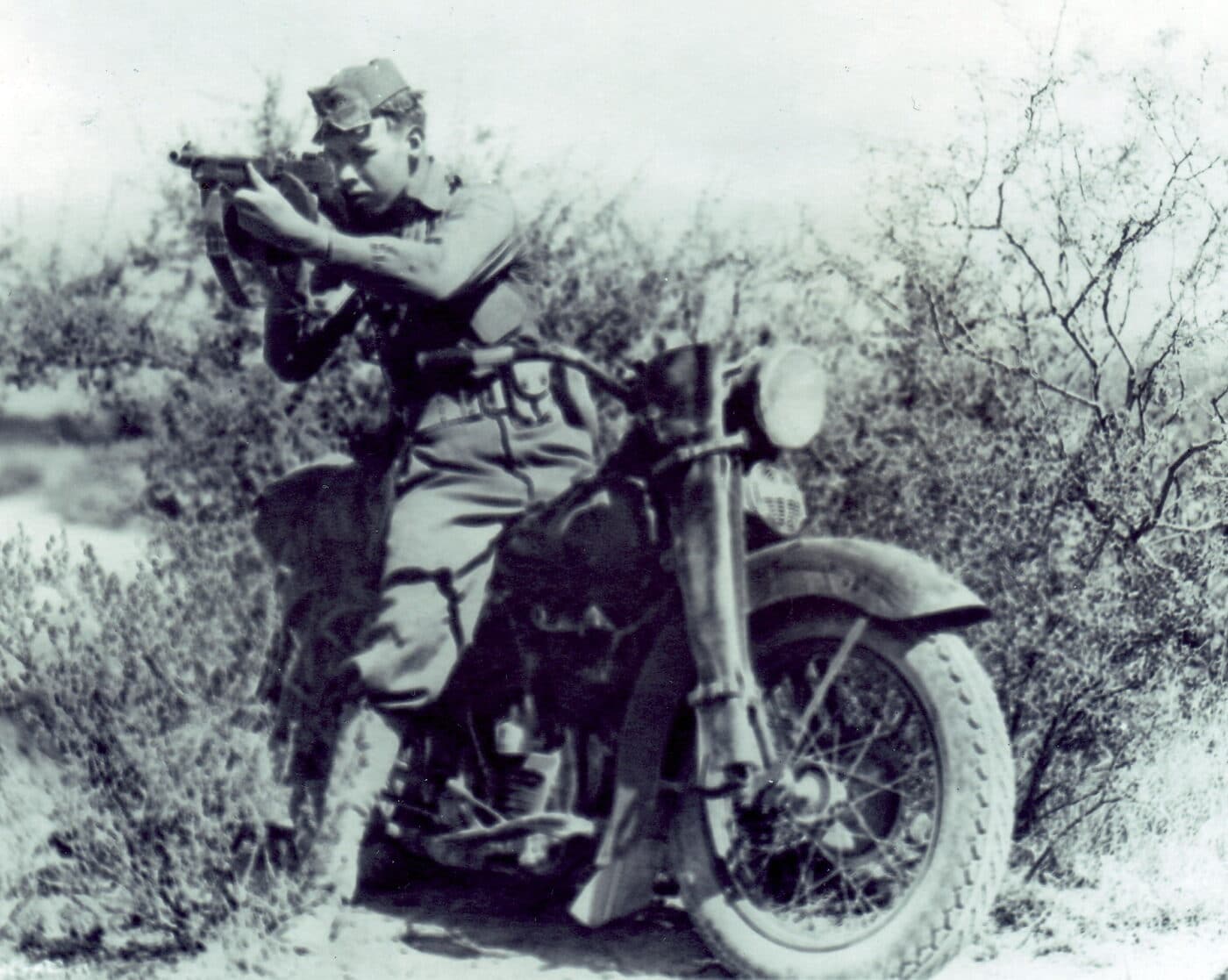
The dream of the pre-war U.S. Cavalry: A motorcycle scout aiming his M1928 Thompson SMG equipped with a 50-round drum magazine. Image: Patton Museum
with gun and tripod) began in 1933, with early use focused on anti-tank and anti-aircraft roles.
Even now, the Browning M2 continues to serve American troops, dominating battlefields around the world.
America would soon find what it was made of and discover the incredible bravery and ingenuity of its people.
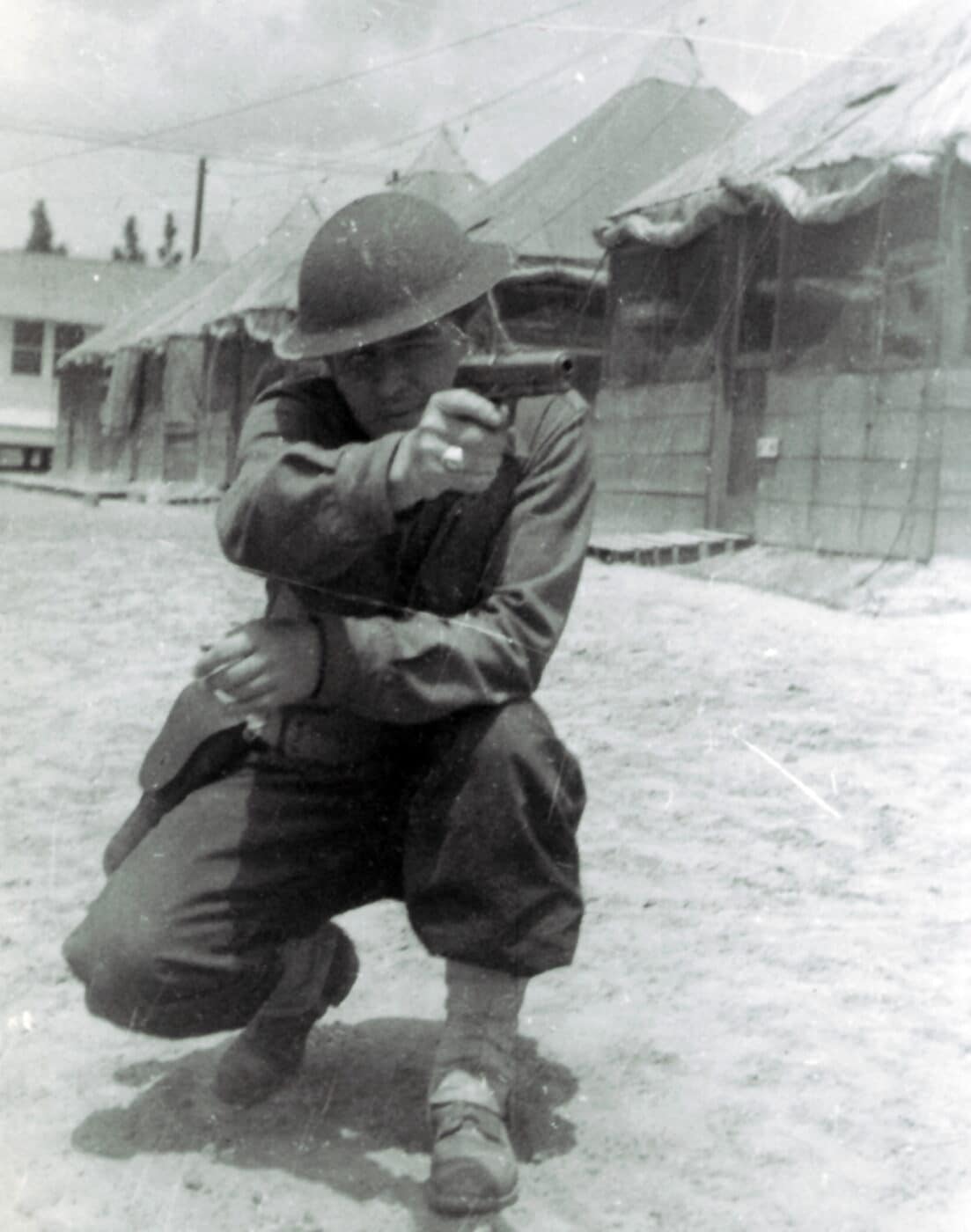
The soldier appears to be practicing with the .45 caliber M1911 pistol in this posed photo. Image: Author’s collection.
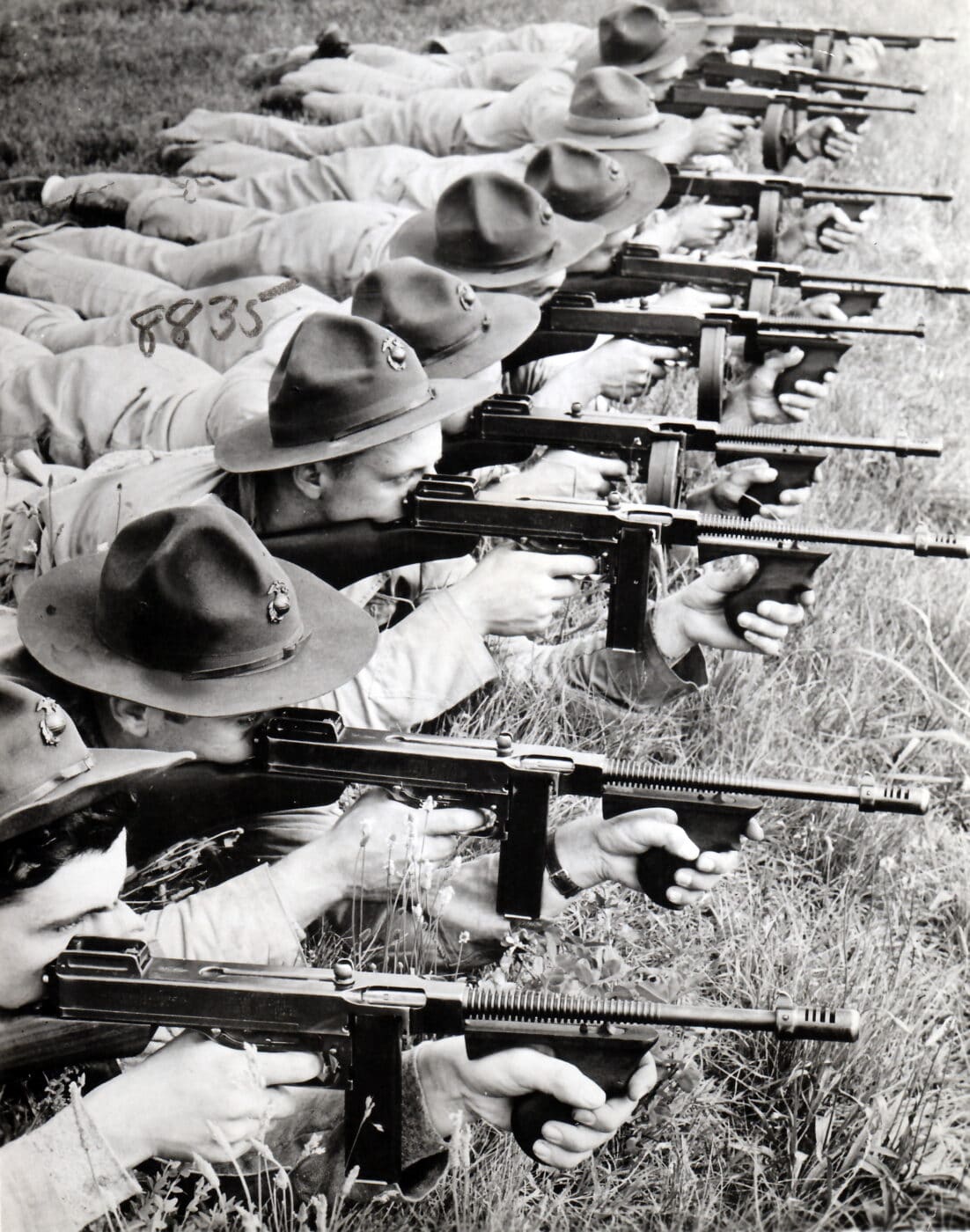
The Thompson guns were well-liked by the troops, but the cash-strapped pre-war military found them expensive. Image: U.S.M.C. Historical Division
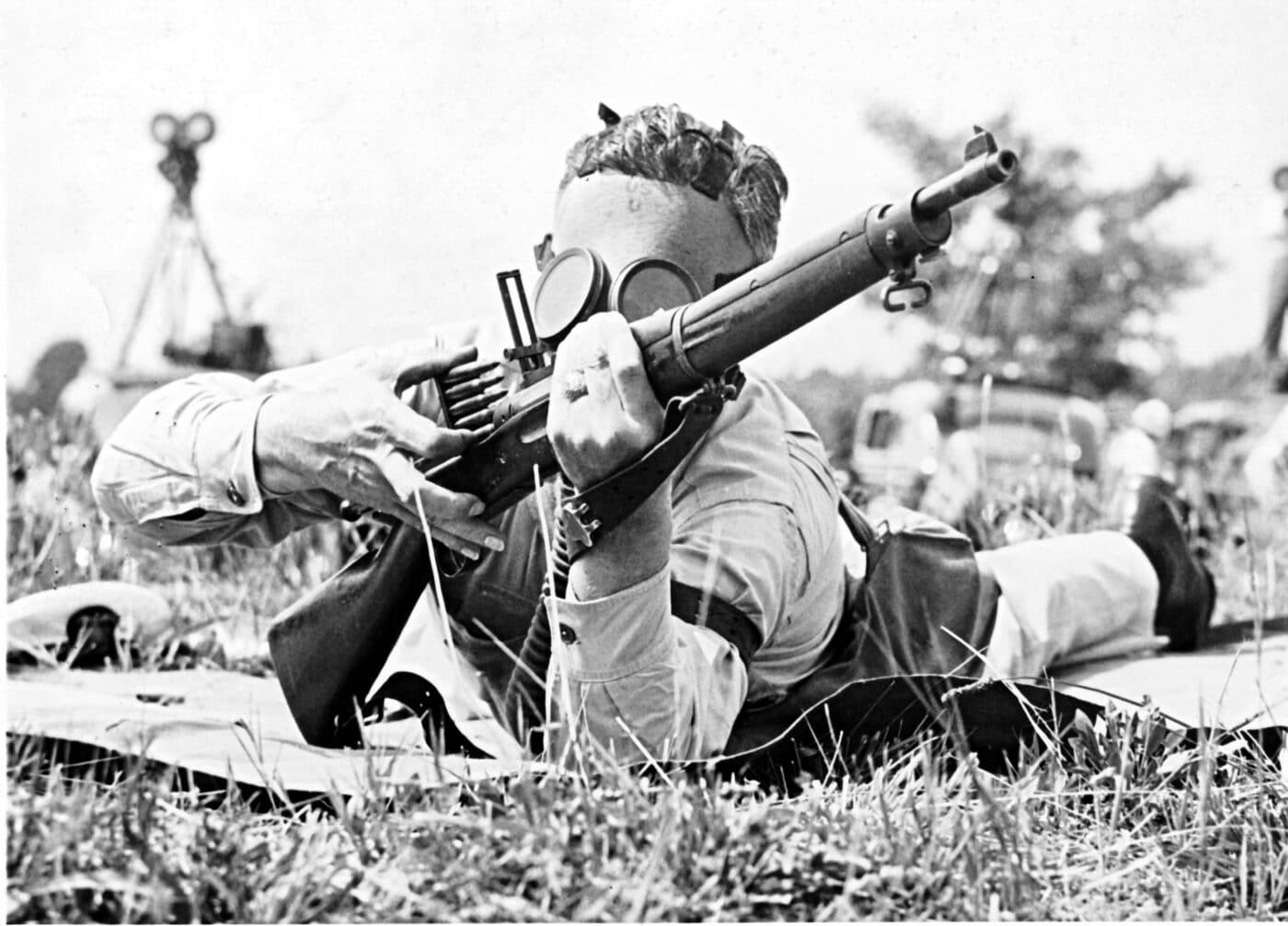
A soldier loads an M1903 Springfield rifle at the US Army Chemical Warfare Training Center at Edgewood Arsenal in July 1939. Image: Author’s collection
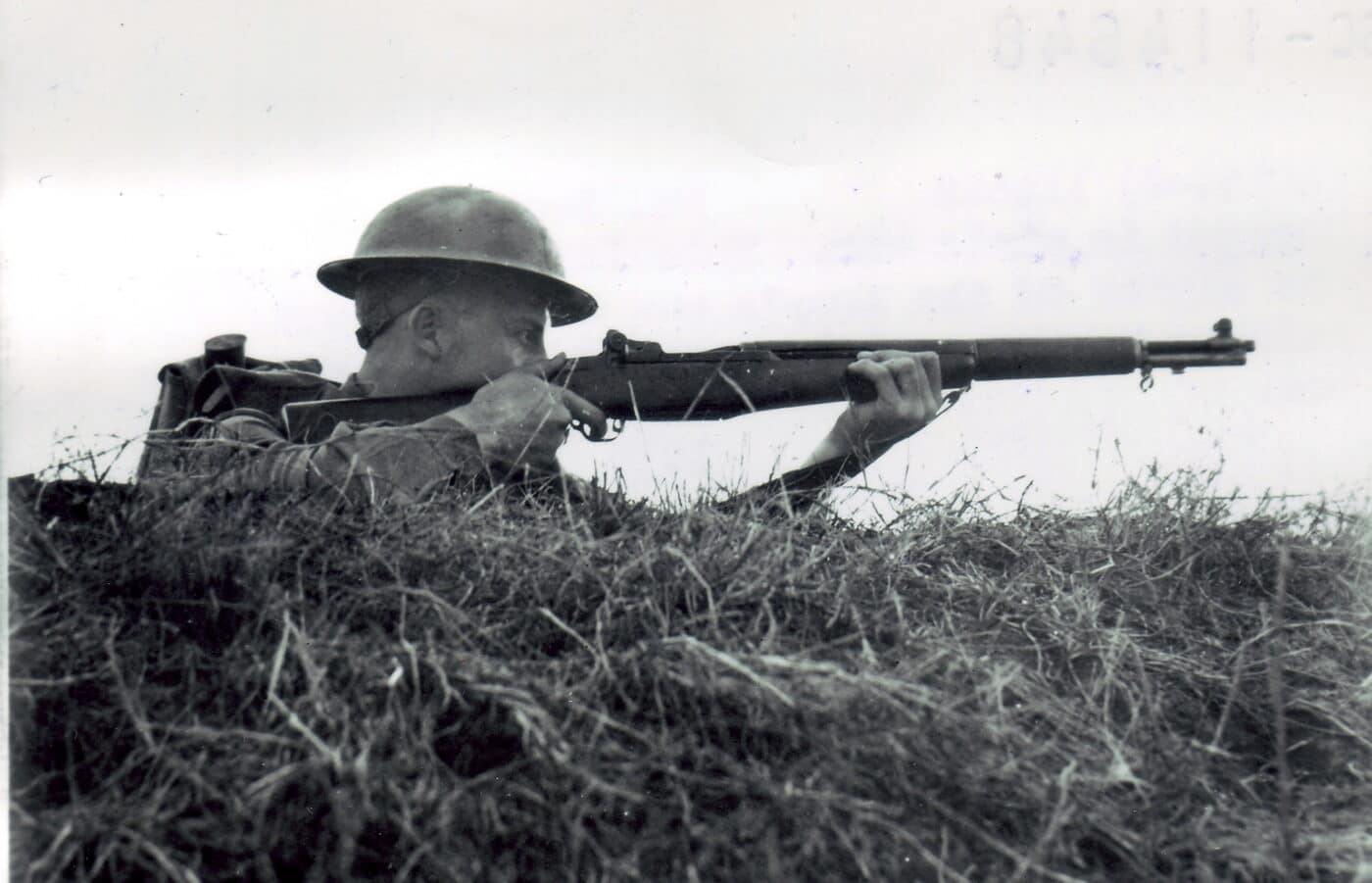
The M1 Garand being shot by a U.S. Army soldier during training exercises at Fort Benning during 1940. Image: NARA
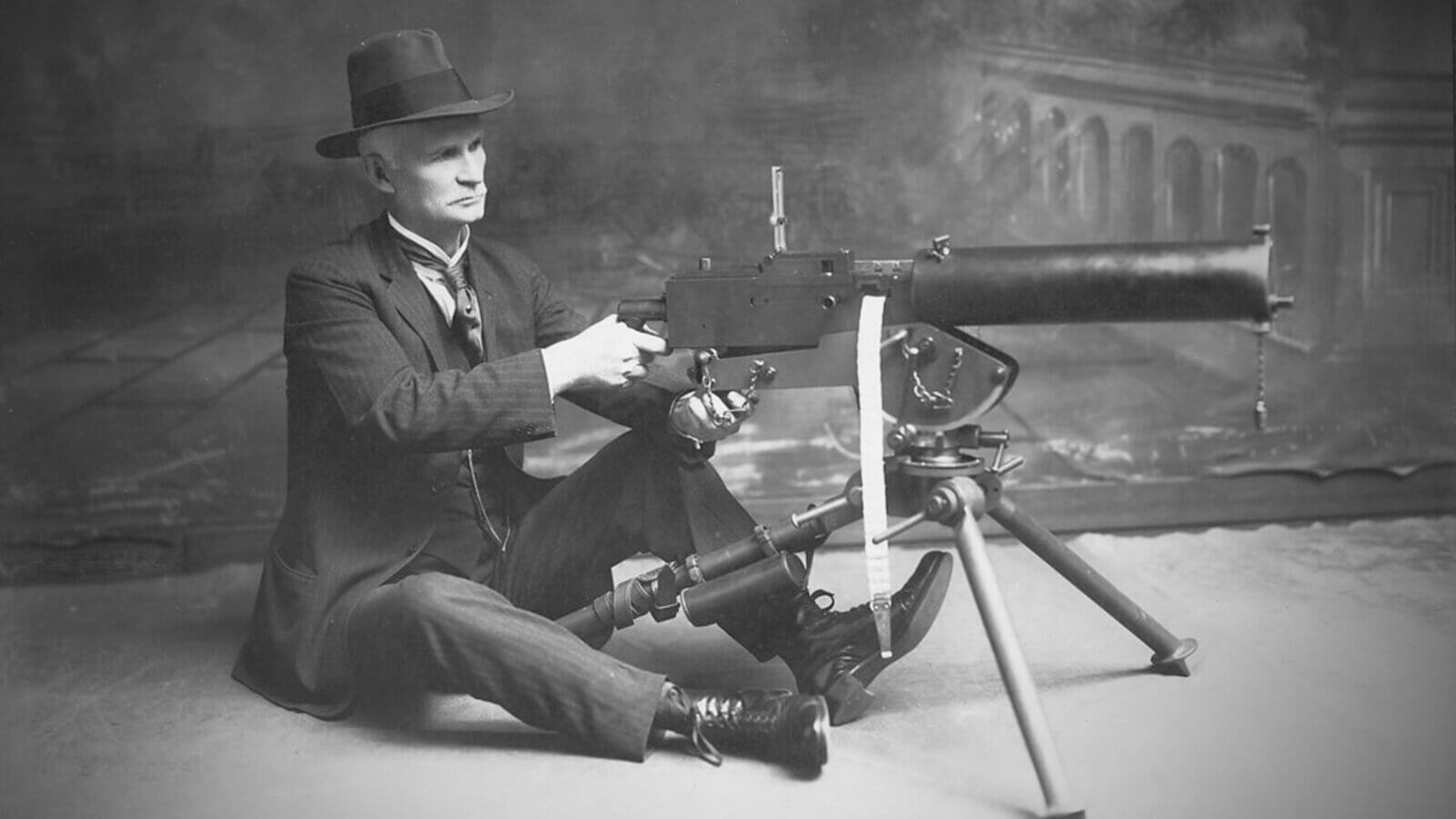
Editor’s Note: For additional information on Browning, check out T. Logan Metesh’s article“Was John Moses Browning Overrated?”Also, you can geta lot more information on the M1 Garand here.
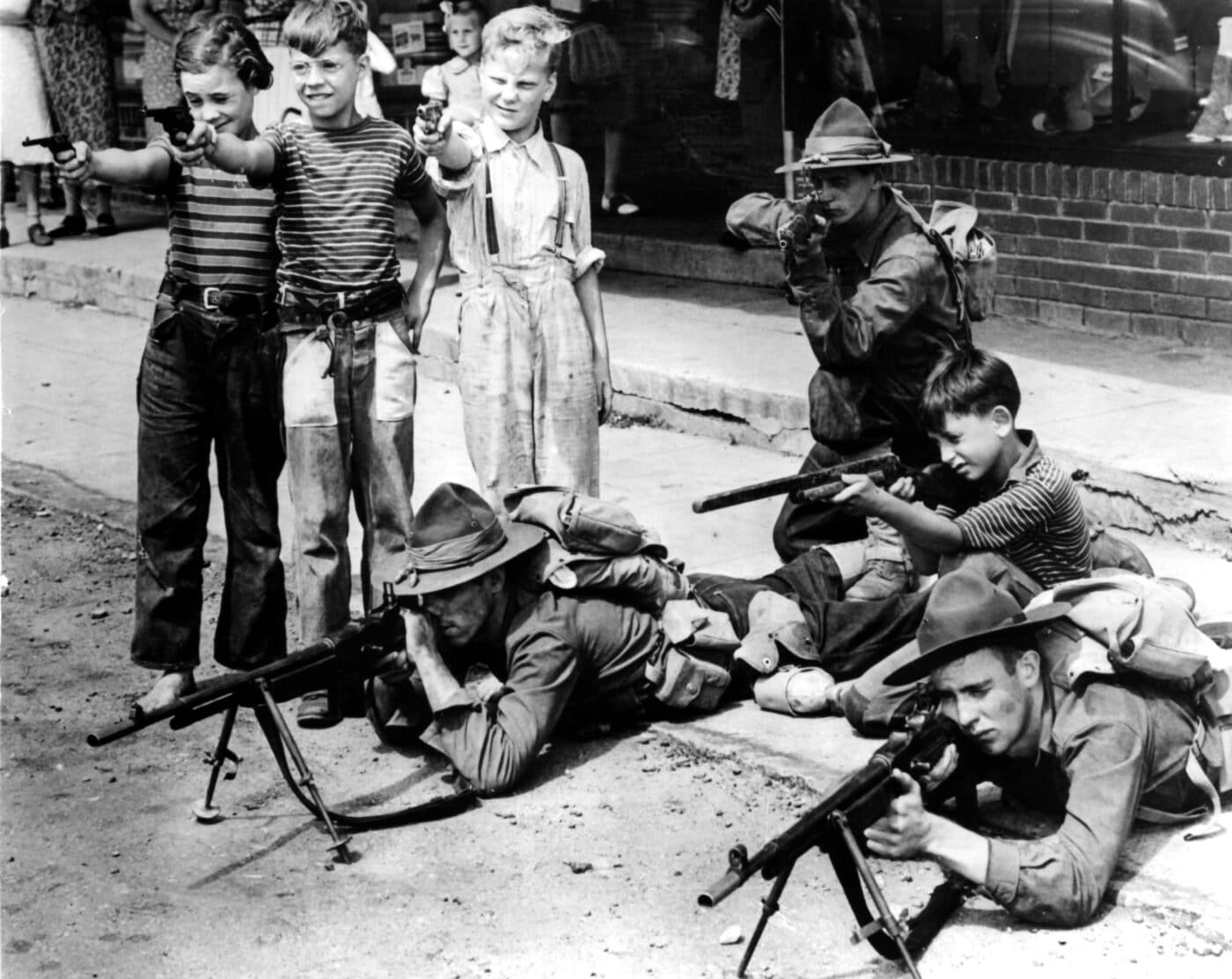
U.S. Army soldiers, armed with M1918A1 BARs, are joined by youthful volunteers during 4th Army maneuvers near Camp Riley, Minnesota. Image: Author’s collection.
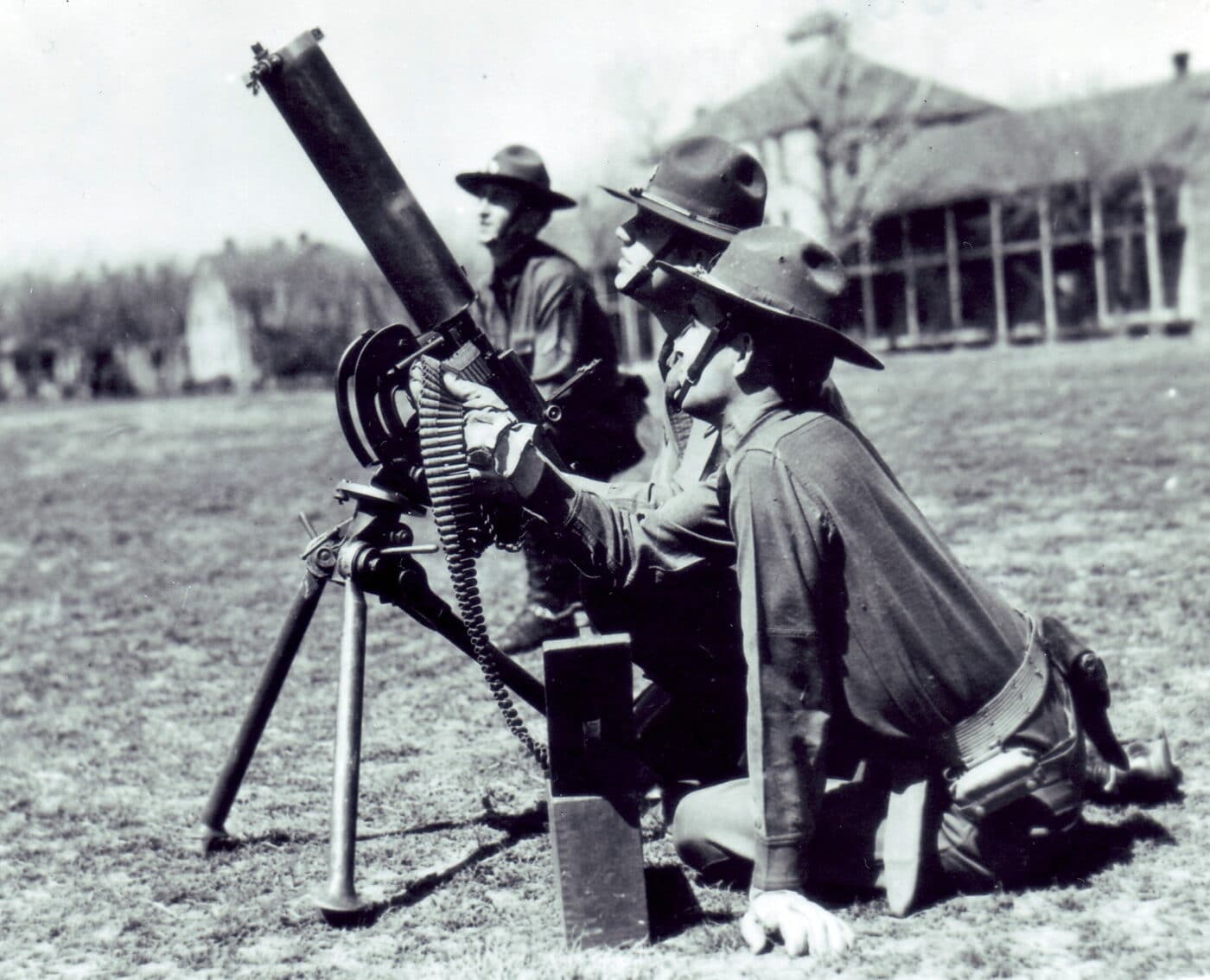
U.S. Cavalry at Fort Riley, Kansas, use the Browning M1917 MG in the AA role in the autumn of 1938. Image: Patton Museum
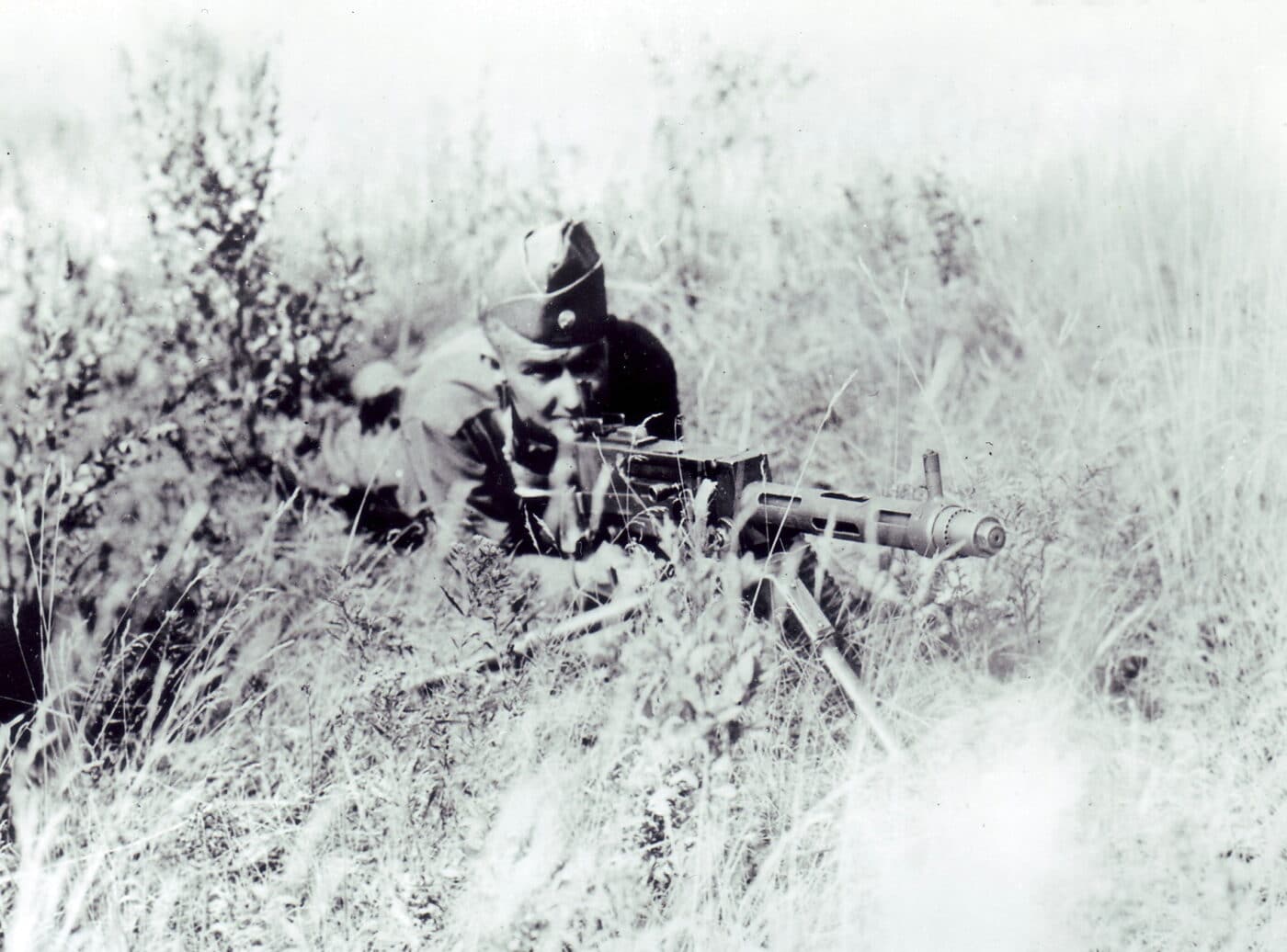
The air-cooled, .30 caliber Browning M1919A2 paved the way for the M1919A4 — America’s main infantry machine gun through WWII and the Korean War. Image: NARA
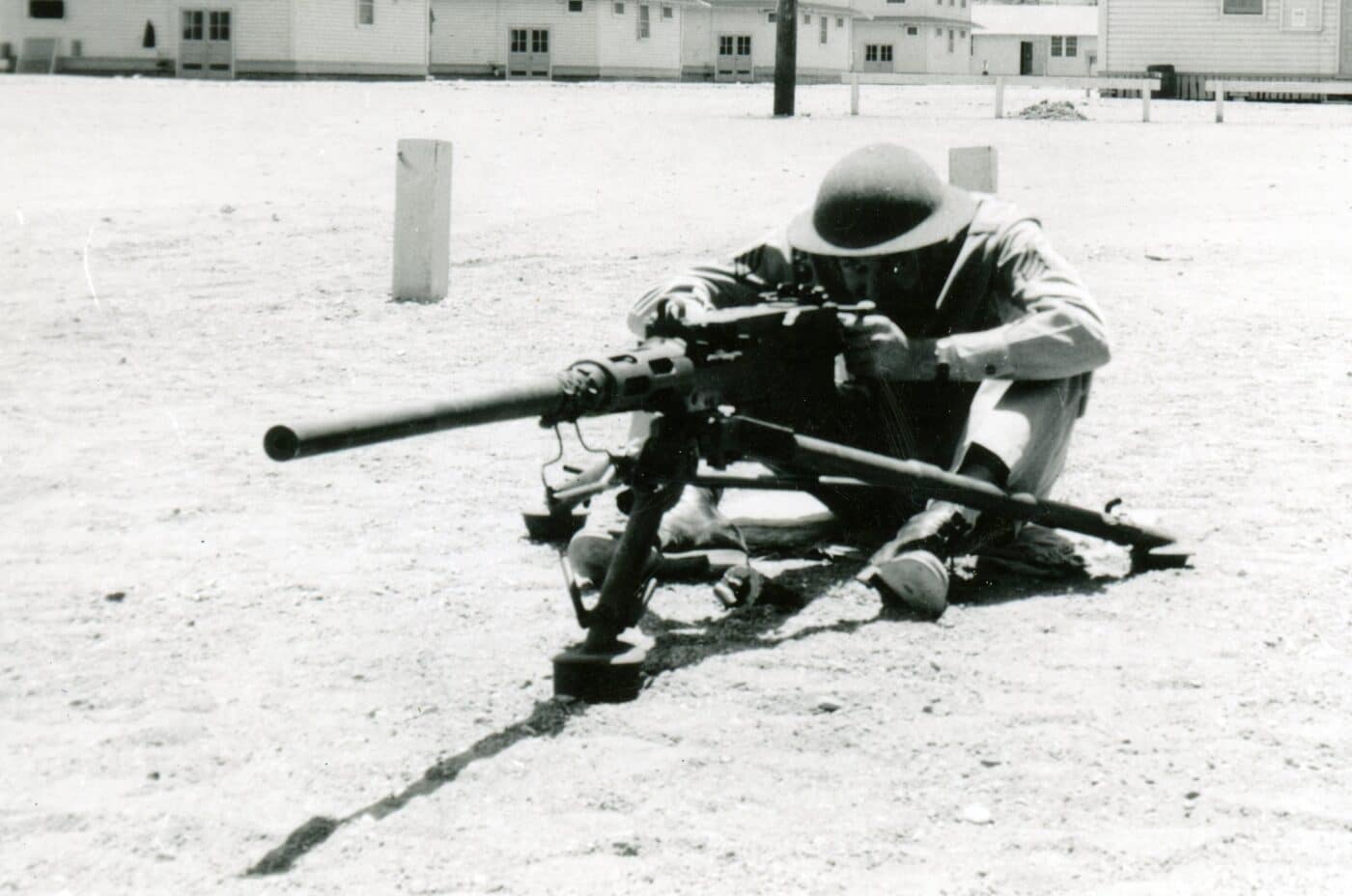
TheBrowning .50 caliber M2offered long-range and high muzzle velocity forunparalleled defense against low-flying aircraftand Axis light armor. Image: NARA




